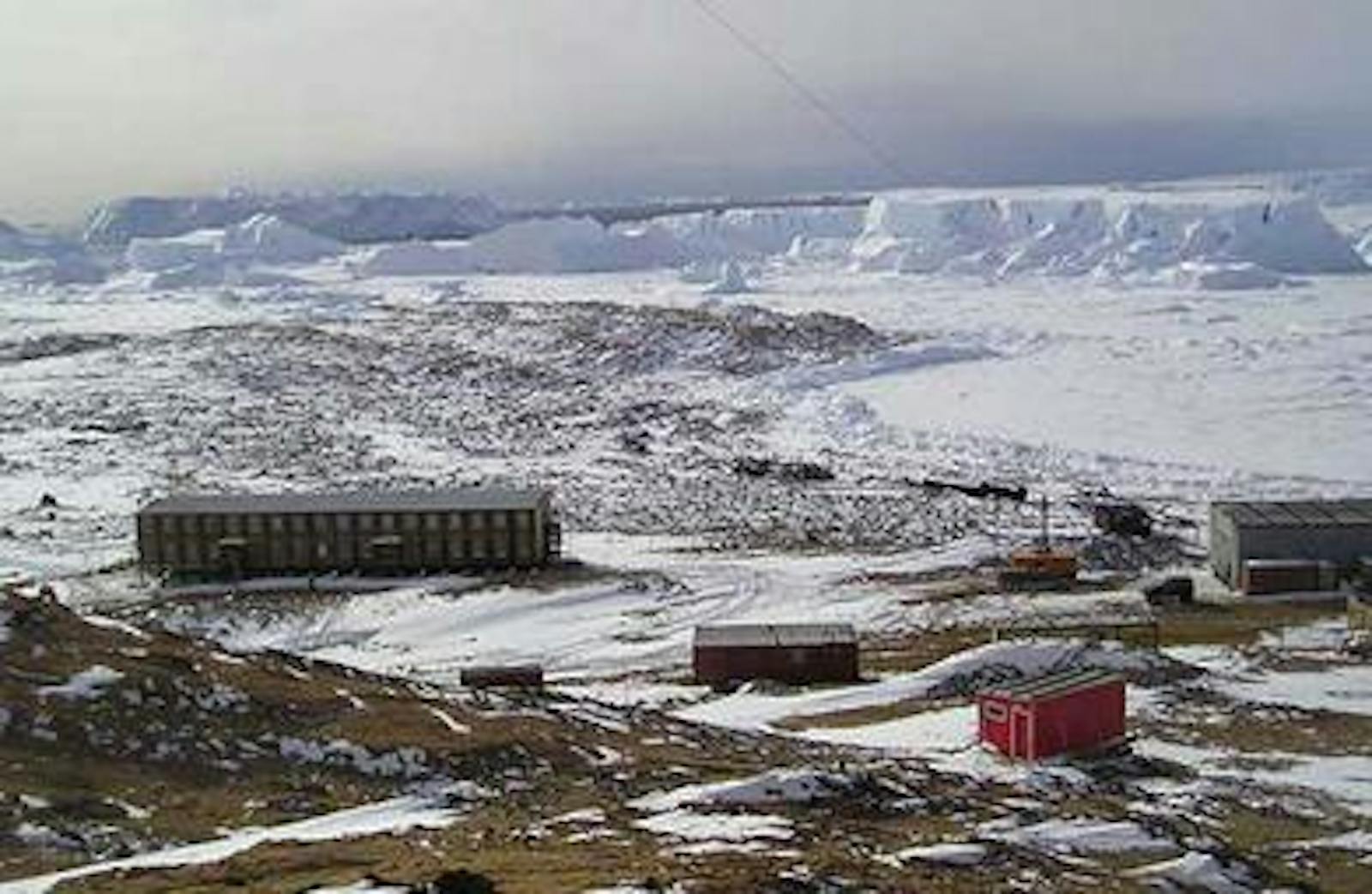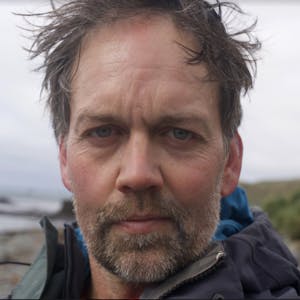Enderby Land Tundra
The ecoregion’s land area is provided in units of 1,000 hectares. The conservation target is the Global Safety Net (GSN1) area for the given ecoregion. The protection level indicates the percentage of the GSN goal that is currently protected on a scale of 0-10. N/A means data is not available at this time.
Bioregion: Continental Antarctica (AN1)
Realm: Antarctica
Ecoregion Size (1000 ha):
N/A
Ecoregion ID:
123
Conservation Target:
N/A
Protection Level:
N/A
States: Antarctica
The Enderby Land tundra ecoregion is one of the more coastal ecoregions in Antarctica, consisting of rather patchily distributed permanently ice-free land, particularly along the coastal margins, and covers an area of approximately 2,000 km2. It lies in East Antarctica and includes most of the area historically known as Enderby Land, a small part of the region known as Dronning Maud Land, and the Scott, Tula, and Napier mountain ranges. The mean elevation is relatively low at around 500 m, but inland it is typically higher, rising to a maximum height of 2,300 m.
For a remote and relatively little visited area, there is a reasonable amount of information on the flora and fauna of this ecoregion. The few invertebrates surveys that have been conducted recorded the presence of mites, nematodes, tardigrades, and springtails, and there are thought to be over 30 species of lichen and over 20 species of mosses and liverworts.
Like some of the other more remote Antarctic ecoregions, the lack of biodiversity information may be somewhat attributable to the lack of scientific surveys or sampling expeditions. In the single Antarctic Specially Protected Area (ASPA) of the region, the biodiversity is relatively well-documented, and includes seven species of moss and six lichen species. Four species of free living mites have also been reported in this ASPA.
There are over 60 species of microalgae, including species endemic to Yukidori Valley: Cosmarium yukidoriense and Cosmarium clepsydra. Avifauna is relatively more abundant: several pairs of the south polar skua and several thousand snow petrels breed in this ASPA, and over 85,000 breeding pairs of Adélie penguins are found in an estimated 18 colonies across the region.
.jpg)
The flagship species of the Enderby Land Tundra ecoregion is the snow petrel. Image credit: Creative Commons
This ecoregion only has one Antarctic station, the Japanese station Syowa, which was established in 1957. The station can house up to 110 inhabitants, but the population usually drops to less than 50 in the winter months. No tourists typically visit the region. Yukidori Valley Langhovde, Lützow-Holmbukta is the only Antarctic Specially Protected Area (ASPA 141) in the region. This protected area was designated on the grounds that it is a representative example of a typical continental fell field ecosystem and is a long-term monitoring site. This ASPA covers around 5 km2 representing less than 1% of the total area of this ecoregion. Still, it hosts nearly 20% of species known to the region and 1% of species known to live in Antarctica.
Priority conservation actions for the next decade are to 1) undertake research to better understand the distribution and abundance of invertebrates and plants; 2) conduct systematic conservation planning with more scientific surveys to quantify the status and trends of seabirds in the region and to better identify vulnerable areas and species that are in need of protection, and 3) ensure a stable and functional Antarctic Treaty system to provide long-term protection of the Antarctic continent.
Citations
- Terauds, A., S. L. Chown, F. Morgan, H. J. Peat, D. J. Watts, H. Keys, P. Convey, and D. M. Bergstrom. (2012) Conservation biogeography of the Antarctic. Diversity and Distributions 18:726-741.
- Terauds, A., and Lee, J. R. (2016) Antarctic biogeography revisited: updating the Antarctic conservation biogeographic regions. Diversity and Distributions 22:836-840.
- Chown, S.L. & Convey, P. (2007) Spatial and temporal variability across life’s hierarchies in the terrestrial Antarctic. Philosophical Transactions of the Royal Society B: Biological Sciences, 362: 2307–2331.



